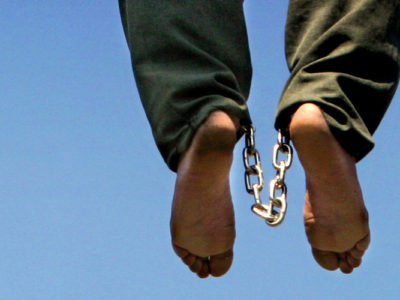NCRI | Shahriar Kia | February 29, 2020
According to the news obtained by the People’s Mojahedin Organization of Iran (PMOI, Mujahedin-e Khalq or MEK), the number of those who have lost their lives due to Coronavirus (COVID-19) exceeds 300.
In Qom at least 114, in Tehran 30, in Kashan 22, in Isfahan 21, in Rasht 18, and in Arak 12 people have died so far. The virus has spread to all 31 provinces.
More than 300 people have died of the #coronavirus in #Iran, says opposition PMOI/MEK citing sources inside Iran.
Iranian MP Bahram Parsaei: “I went to all drug stores from north to south of Tehran. Not one was selling hand sterilizing gels, masks, rubbing alcohol or gloves.”
Nevertheless, by engaging in cover-up and deception, the clerical regime continues to claim that 34 have died and 388 have contracted the virus.
After starting the week by acknowledging only a dozen deaths, government authorities found themselves denying independent accounts of a much worse epidemic, while revising the official death toll first to 15, the later to 26, and ultimately, on Friday, to 34.
The regime’s authorities also stated that these fatalities resulted from a total of 388 instances of infection. This marked the second consecutive day on which the regime added more than 100 cases to the overall total. But these updates are still not keeping pace with expert projections and eyewitness observations about the severity of the epidemic. The report published by the MEK also debunks these bogus claims.
Ahmad Amirabadi Farahani, member of the regime’s parliament from the city of Qom said on Monday that 50 fatalities had resulted from the emerging pandemic in the city of Qom alone. Later in the week, Iranian doctors defied a government-imposed gag order in order to communicate their estimates of nearly 20,000 individual coronavirus cases throughout the country. Now the MEK revelation of the number of victims sheds more light on the dimensions of this crisis.
These estimates of death and non-fatal infection are seemingly consistent, since the virus has come to exhibit a global mortality rate somewhere in the vicinity of one percent since it emerged from China last year. By contrast, the Iranian regime’s official estimates are very much out-of-step with that mortality rate, suggesting that the regime has been keeping instances of infection secret but has had a more difficult time concealing deaths caused by those infections.
Adding to the challenge for the regime is the fact that multiple regime’s officials have recently taken ill, including Deputy Health Minister Iraj Harirchi, who began showing symptoms on live television as he worked to reassure the public that the outbreak was under control. After offering well-wishes to Harirchi and Masoumeh Ebtekar, both of whom tested positive for coronavirus, regime’s Supreme Leader Ali Khamenei stated publicly that he was “hopeful” about the country overcoming the infection.
This stood in contrast to the tone of Khamenei’s statements less than a week earlier. On Sunday, when the government had formally acknowledged only 43 cases and eight deaths, the regime’s supreme leader proclaimed that the virus presented no problem to the people. He also accused Western powers of deliberately spreading fears of an outbreak “to discourage people from voting” in the previous Friday’s sham parliamentary elections, which was boycotted by the Iranian people.
Those elections showcased the lowest rate of voter participation in the history of the regime. The lack of participation was due to an organized boycott of the electoral process, motivated by recent crimes committed by the regime, such as its brutal crackdown on the Iran protests in November 2019 and January 2020 and shooting down the Ukrainian passenger jet and then denying for 3 consecutive days. In the wake of that boycott, regime’s authorities embraced coronavirus as an alternate explanation, albeit without admitting the full scale of the outbreak.
Throughout the past week, there were signs of tension between the impulse to highlight the disease’s impact and the impulse to cover up the regime’s failure to adequately contain it. Accordingly, various officials continued to promote the narrative of a Western hoax. Regime’s President Hassan Rouhani stated once again on Friday that “the disease is being controlled” and that the regime would not be affected by “the enemies’ plots to spread fear.” Yet, as reports from the previous day demonstrated, efforts to contradict the regime’s official account of the situation are coming not only from Western governments or international crisis-monitoring groups, but rather from among the Iranian people themselves.
This was first made clear by anonymous disclosures from Iranian doctors and dissenting officials. But even as the regime publicly denied higher estimates of the infection rate and death toll, security forces carried out arrests of numerous Iranian citizens who had spoken out about the government’s deliberate disinformation. At least 142 individuals were detained by Iran’s Cyber Police and accused of “rumor-mongering.” Of these, 24 remain in detention, pending charges that could result in up to three years in prison, plus floggings.
Mrs. Maryam Rajavi, the president-elect of the National Council of Resistance of Iran repeatedly has said, regarding the spread of Coronavirus: “The United Nations, World Health Organization, and other international human rights organizations must compel the religious fascism ruling Iran to make public all the facts and figures regarding COVID-19 and provide them to relevant international organizations in order to save the lives of the people of Iran and other countries in the region.”








